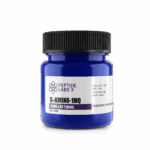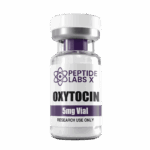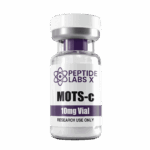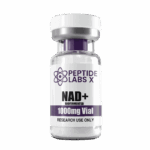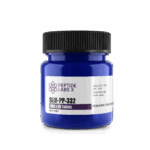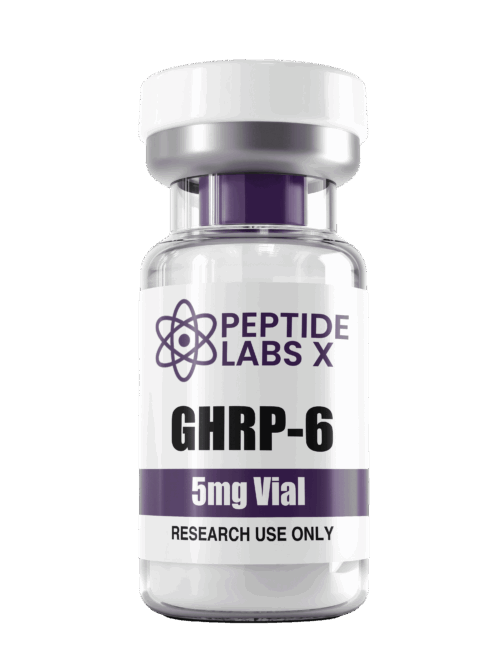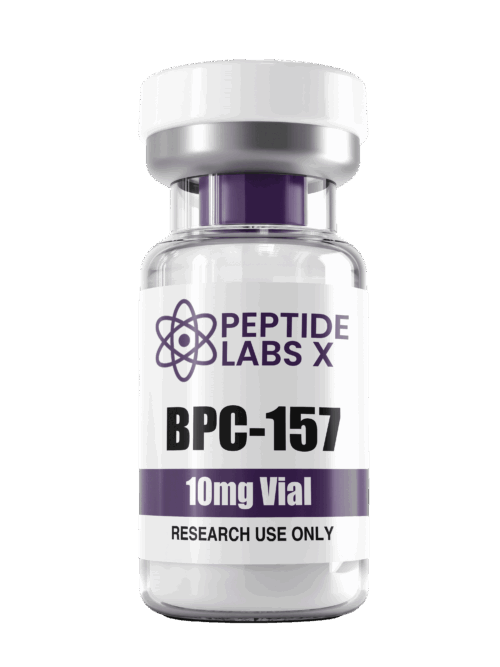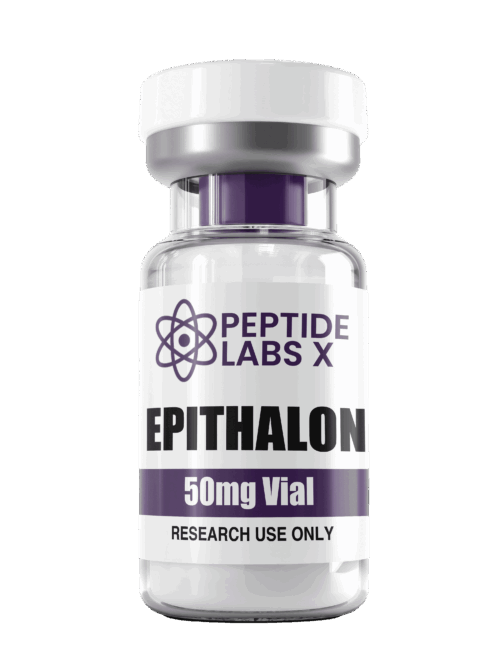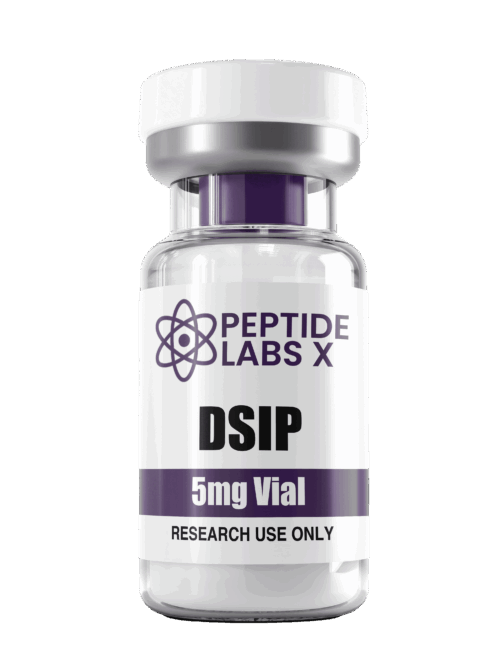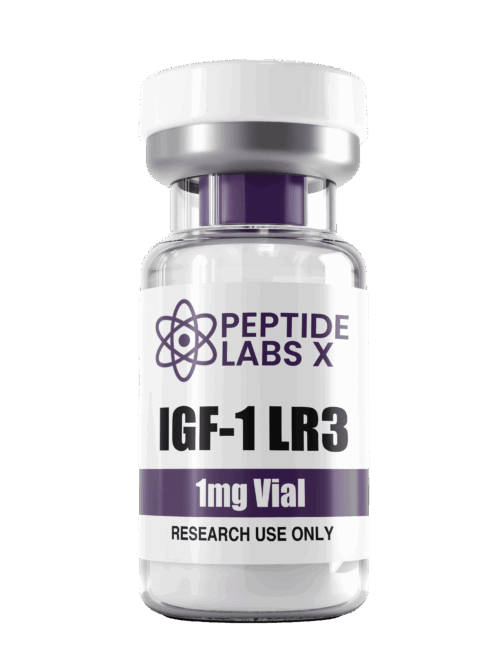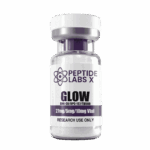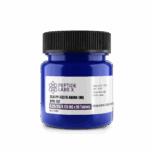


Ipamorelin (10mg)
- Stimulates natural GH & IGF-1 without cortisol spikes
- Supports lean muscle growth & fat metabolism
- Enhances recovery, sleep, and cellular repair
- Gentle on the endocrine system – minimal prolactin effect
- Often stacked with CJC-1295 or Tesamorelin
- Well-tolerated for long-term research use
- 30-Day Money-Back Guarantee
Free shipping
on orders over $300
Secure Checkout
safe online payments
Estimated delivery
3 business days
Ipamorelin, a pentapeptide composed of five amino acids, functions as a growth hormone (GH) secretagogue, acting as an agonist by binding to specific cell receptors and eliciting cellular responses. In animal test subjects, the peptide demonstrates the capacity to stimulate the pituitary gland, promoting the expression of growth-related secretions. Simultaneously, Ipamorelin inhibits the production of somatostatin, a known secretion. Notably, it has been observed that Ipamorelin contributes to the elevation of Insulin-like Growth Factor 1 (IGF-1), a crucial factor in the growth and repair processes of muscular and skeletal tissues. This peptide, with its specific binding to the ghrelin/growth hormone secretagogue receptor, stands out as one of the most selective GH secretagogues, as laboratory studies confirm its lack of impact on various hormones like ACTH, prolactin, follicle-stimulating hormone, luteinizing hormone, thyroid-stimulating hormone, and cortisol release. Its remarkable specificity positions Ipamorelin as a valuable subject for research, shedding light on the intricate mechanisms of receptor binding selectivity.
Issued under Alpha Bio Med Labs, the authorized testing and distribution partner.

Ipamorelin is a peptide composed of five amino acids. Its chemical structure is represented as follows:
H- Aib-His-D-2-Nal-D-Phe-Lys-NH2
Note: In the chemical structure, “H” represents Hydrogen, “Aib” is alpha-aminoisobutyric acid, “His” is Histidine, “D” indicates D-amino acid configuration, “2-Nal” is 2-naphthylalanine, “Phe” is Phenylalanine, and “Lys” is Lysine. The sequence is terminated with “NH2” representing the amino group.
Ipamorelin: Investigating Therapeutic Applications
- Ipamorelin and Alleviation of Negative Corticosteroid Effects
Glucocorticoids,
frequently employed in treating inflammatory conditions spanning cancer
to autoimmune diseases, exhibit considerable side effects, curbing
their clinical utility. Addressing these side effects holds potential
for enhancing medication dosages and prolonging treatment, positively
impacting morbidity and mortality rates. Ipamorelin, evident in various
studies, has demonstrated the capacity to mitigate or reverse the
adverse effects induced by glucocorticoid use.
- Ipamorelin and Skeletal Health
Long-term
glucocorticoid usage is associated with a significant challenge—loss of
bone density leading to an elevated risk of fractures. While current
therapies pose side effects, limited efficacy, or high costs, Ipamorelin
offers a cost-effective alternative with minimal side effects. Rat
studies indicate Ipamorelin’s ability to halt corticosteroid-induced
bone loss, fostering a four-fold increase in bone formation.
Additionally, Ipamorelin enhances systemic bone mineral density,
fortifying both existing and newly formed bone, while mitigating muscle
wasting and visceral fat deposition associated with steroid use.
- Ipamorelin and its Impact on Muscle Growth
Evidence
suggests that Ipamorelin, as a growth hormone secretagogue, may
counteract the catabolic effects of glucocorticoids on muscle. Research
involving rats administered glucocorticoids reveals a reduction in liver
nitrogen wasting and improved nitrogen balance following Ipamorelin
administration. Combating muscle catabolism and bone density loss with a
single drug presents significant potential for patients requiring
glucocorticoid therapy.
- Ipamorelin and Diabetes
Studies
in diabetic rats indicate that Ipamorelin augments insulin release,
possibly through indirect stimulation of calcium channels in pancreatic
islet cells. This effect sheds light on Ipamorelin’s potential in
understanding the functional constraints of type 2 diabetes and its role
in developing novel therapeutic or preventive measures.
- Investigation of Ipamorelin for Post-Operative Ileus Treatment
Post-operative
ileus (POI), prevalent after certain surgeries, significantly impacts
patients’ recovery by delaying oral nutrition intake. Ipamorelin’s
exploration in clinical trials aimed at reducing POI duration indicates a
potential to expedite the time to the first meal by approximately 12
hours. While early trials faced limitations, ongoing research and
exploration of combination therapies, incorporating Ipamorelin, could
enhance effectiveness.
- Ipamorelin as a Ghrelin Receptor Probe
As
a selective ghrelin receptor agonist with robust binding, Ipamorelin
holds promise for application as a probe in positron emission tomography
(PET) for aiding in cancer diagnosis and heart failure. In vitro
studies confirm Ipamorelin’s feasibility for PET, emphasizing its
potential utility in vivo, necessitating further testing and
standardization of interpreting PET studies.
In
conclusion, Ipamorelin, despite its current status as a neglected drug
in research, offers multifaceted therapeutic potential and serves as a
valuable tool for comprehending various disease states and their
physiological impacts. Future research initiatives may reignite interest
in Ipamorelin, unraveling its unique peptide benefits.
Note:
Ipamorelin exhibits moderate side effects, boasting low oral and excellent subcutaneous bioavailability in mice. Its availability for purchase at Paramount Peptides is strictly limited to educational and scientific research purposes, excluding human consumption. Prospective buyers are advised to adhere to licensing regulations.
Direct & scientific
- Backed by 60+ scientific studies
- BPC‑157 has demonstrated consistent healing results across muscle, nerve, and gut models — with early human data showing 92% of patients reporting pain relief.
“Accelerated Healing of Muscles, Ligaments, and Tendons”
Multiple animal and human case studies show BPC-157 significantly speeds up recovery of torn muscles, damaged ligaments, and tendon-to-bone healing — especially relevant for athletes and injury rehabilitation.
PUBMED — article link
BPC comparison to others
- Muscle & joint healing
- Repairs gut lining (IBS, IBD)
- Heals gut tissue
- Boosts blood flow
- Reduces Inflammation
- Activates stem cell repair
- Long-term gut support
- Clinically backed
Product quality guarantee
We are continuously conducting HPLC test on all of our raw powders as well as finished products to ensure the quality of our products. You can have the product you bought from us tested at any HPLC licensed testing facility and if the results are negative, we will refund the following:
- $100 HPLC test fee
- Total order amount
- Shipping costs
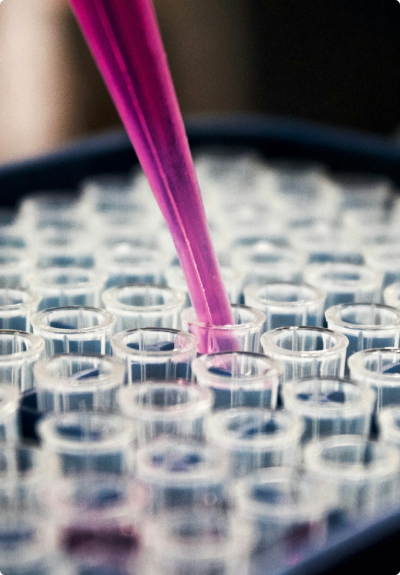

Frequently bought together
Related products
ALL ARTICLES AND PRODUCT INFORMATION PROVIDED ON THIS WEBSITE ARE FOR INFORMATIONAL AND EDUCATIONAL PURPOSES ONLY. The products offered on this website are furnished for in-vitro studies only. In-vitro studies (Latin: in glass) are performed outside of the body. These products are not medicines or drugs and have not been approved by the FDA to prevent, treat or cure any medical condition, ailment or disease. Bodily introduction of any kind into humans or animals is strictly forbidden by law.
Customer reviews
